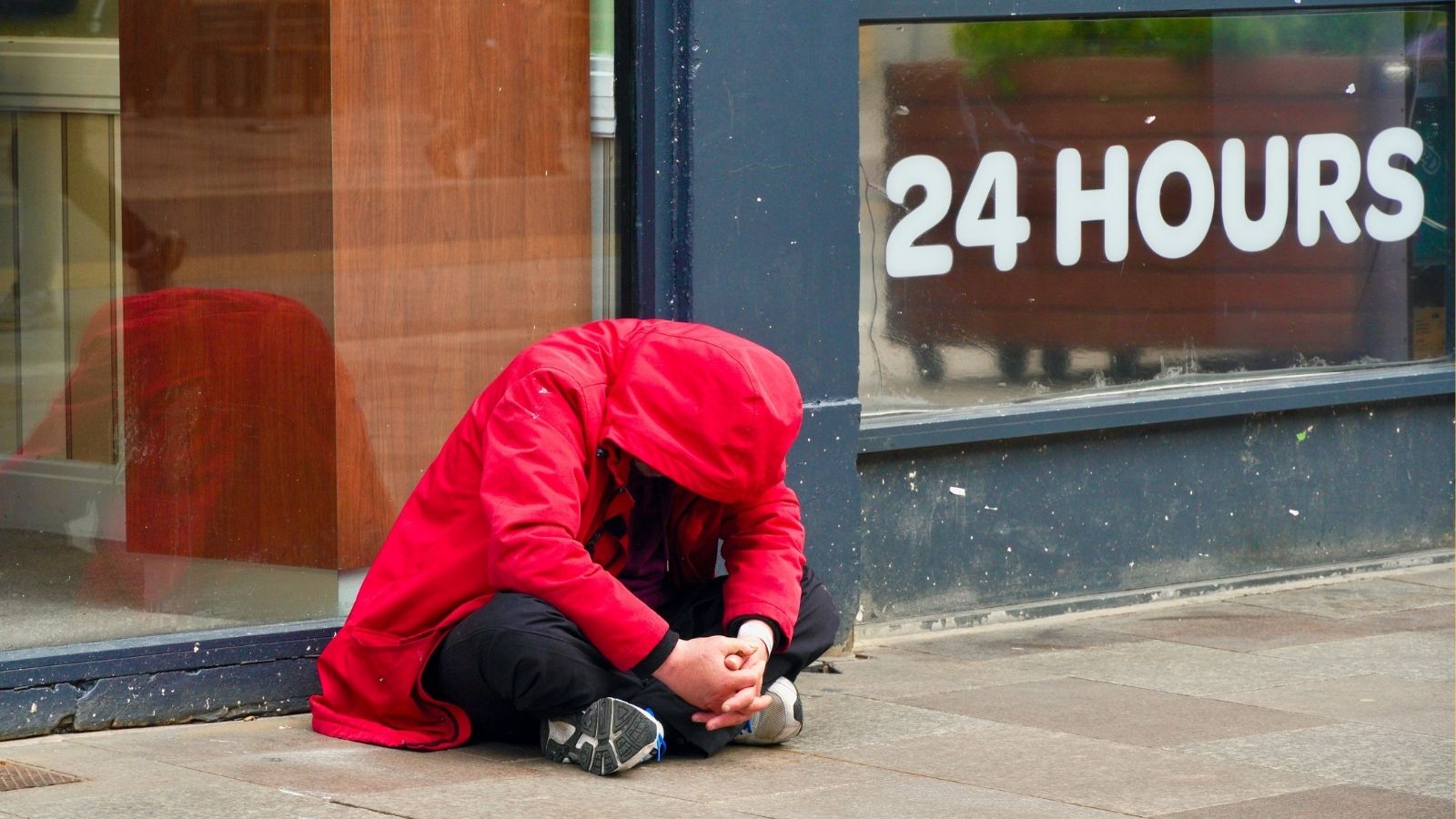The cost of living crisis is a pressing issue across the globe, affecting millions of households. As inflation soars and wages fail to keep pace, individuals are grappling with increasingly tough financial choices. Below are 18 alarming trends that highlight the severity of this crisis.
Rising Food Prices

Food is a basic necessity that has been becoming unaffordable for millions, a clear impact of worsening living crisis. The prices of essential items like bread, dairy, and meat have significantly increased. This has made it quite more challenging for many families to afford nutritious meals.
Housing Affordability Crisis

Owning or even renting a home has become increasingly difficult for many people today. Rents have surged to such high levels that more than half of a family’s income is now dedicated to housing expenses. As a result, families are forced to make compromises on other essential needs, further straining their financial well-being.
Surge in Energy Costs

It’s hard to imagine a life without electricity and gas, as these have become a part of our lives. However, their bills have skyrocketed, making it harder for families to keep cool in summer and hot in winter.
Stagnant Wage Growth

While the prices of essential goods continue to rise, wages have remained stagnant, placing additional strain on families. This issue particularly affects workers and households in the low-income bracket, making it increasingly difficult for them to make ends meet.
Increased Use of Credit

The trend of excessively using money that one doesn’t even have is also rampant. People are failing to meet everyday expenses with the meager income they’re earning. Thus, they call for credit cards and personal loans, which keeps them miles away from achieving financial independence.
Growing Food Bank Use

The reliance on food banks is increasing not only among people experiencing homelessness but also among working individuals. This trend serves as a stark reminder of the severity of the cost of living crisis and its impact on families striving to meet their basic needs.
Shrinking Middle Class

A greater indication of the worsening living crisis is the shrinking of middle-class families into lower-income brackets. Unlike in the past, the echelon of low-income families has inflated, contributing to wealth inequality.
Increase in Homelessness

As the rents continuously rise and the wages remain stagnant, a wide bracket of families are becoming unable to afford their homes. This gets them evicted, which gives rise to people living on the streets or in temporary shelters.
Healthcare Costs Are Outpacing Incomes

In these troubling times, access to adequate healthcare has become a dream for many. The healthcare costs, including medical expenses and health insurance premiums, have been increasing quicker than people’s ability to afford them.
Transportation Costs Skyrocketing

The world has been seeing a trend of rising transportation costs, including fuel prices and public transport fares. With the meager incomes that families are earning, this trend has made commuting to work, school, or even grocery stores more burdensome than ever.
Childcare Costs Becoming Unmanageable

Childcare costs have increased to such a high that many parents are becoming unable to afford it. There are many regions that the government can’t support fully, and these are the very regions where families are spending a disproportionate amount of their income on daycare and after-school care.
Retirement Savings Eroding

Times have become so challenging that families are increasingly forced to dip into their retirement savings to cover everyday expenses. This not only jeopardizes their financial future but also highlights the extent of the cost of living crisis.
Increase in Mental Health Issues

Financial strain has become so severe that many families struggle to afford basic necessities. This mounting pressure contributes to a rise in mental health issues, as constant worry about money undermines their peace of mind. Low-income families are particularly affected, with higher rates of depression and anxiety reported among them.
Deteriorating Public Services

The general public suffers as the government itself fails to tackle debt and budget constraints, leading to a cut in public services. As a result, several services like education, transportation, and healthcare are becoming a luxury unaffordable for many.
Supply Chain Disruptions

As the global supply chain faces disruption, markets face a shortage of goods and services, making things more expensive. This affects almost everything from groceries to electronics, further exacerbating the cost of living crisis.
Renting Instead of Owning

Property prices have soared so high that many families can’t afford to own a home. The only option left to these families is to rent properties long-term. Furthermore, they are often forced to pay exorbitant monthly costs, leaving little to no room for saving or investment.
Increased Government Borrowing

Governments are increasingly unable to support their economies, fund welfare programs, and provide financial relief independently. This situation has led to a cycle of borrowing at an unprecedented rate. While such measures may offer temporary relief, they are ultimately unsustainable in the long run.
Political Uncertainty and Instability

As the government fails to control the cost of living crisis, citizens take to the streets to express their discontent. This politically destabilizes the country, resulting in a loss of investors’ confidence. As a result, the country experiences economic retardation.
Conclusion

The cost of living crisis is placing immense pressure on nearly every family, forcing them to make difficult choices. This not only makes their current situation pitiful but also impacts their futures. Therefore, it falls heavily on policymakers to come up with solutions that can mitigate these alarming trends and make life easier for the affected.
18 Reasons Why People Are Leaving Florida in Masses

Exploring factors that impact the desirability of living in Florida, this list delves into various challenges shaping residents’ experiences. From environmental concerns like rising sea levels to economic factors such as fluctuating job markets, these issues collectively contribute to a nuanced understanding of the state’s appeal.
18 Reasons Why People Are Leaving Florida in Masses
